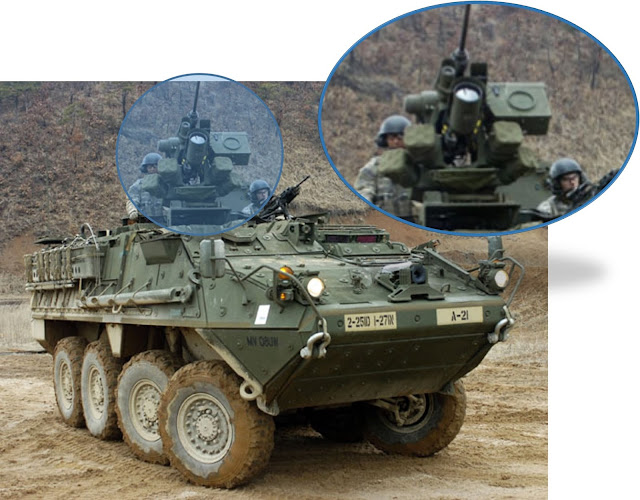On the Upgunning of Strykers
Why is it urgent?
It's been circulating around quite a lot these days on the potential Upgunning of the Styrker 8x8 wheeled armored vehicles with a more lethal weapon system than the .50cal Remote Weapon Stations.
With the 2nd Armored Cavalry Regiment's Europe Tour fueled with Russia's apparent aggressive policy towards Ukraine and Baltic States, this became a something like a desperate cry.
 |
| Stryker being tested with Kongsberg MCT30 30mm Remote Turret |
However, Breaking Defense website has a different take on this based on their latest news article.
"Certainly, General Dynamics would like to upgun a much larger portion of the Stryker fleet, with the European vehicles as the leading wedge, and two key committees on the Hill have voted sums in the $371 million to $411 million range, which would surely buy more than 81 upgrades. (The first committee to vote on the matter added a relatively modest $80 million).
There’s also the critical wrinkle that the request from the 2nd Cav came as an Operational Needs Statement (ONS), but not an Urgent Operational Needs Statement (UONS)."
However, the question to be asked is:
Why not send M2 Bradleys??
Thanks Tony...
 |
| Bradley's Latest Version M2A3 BUSK |









